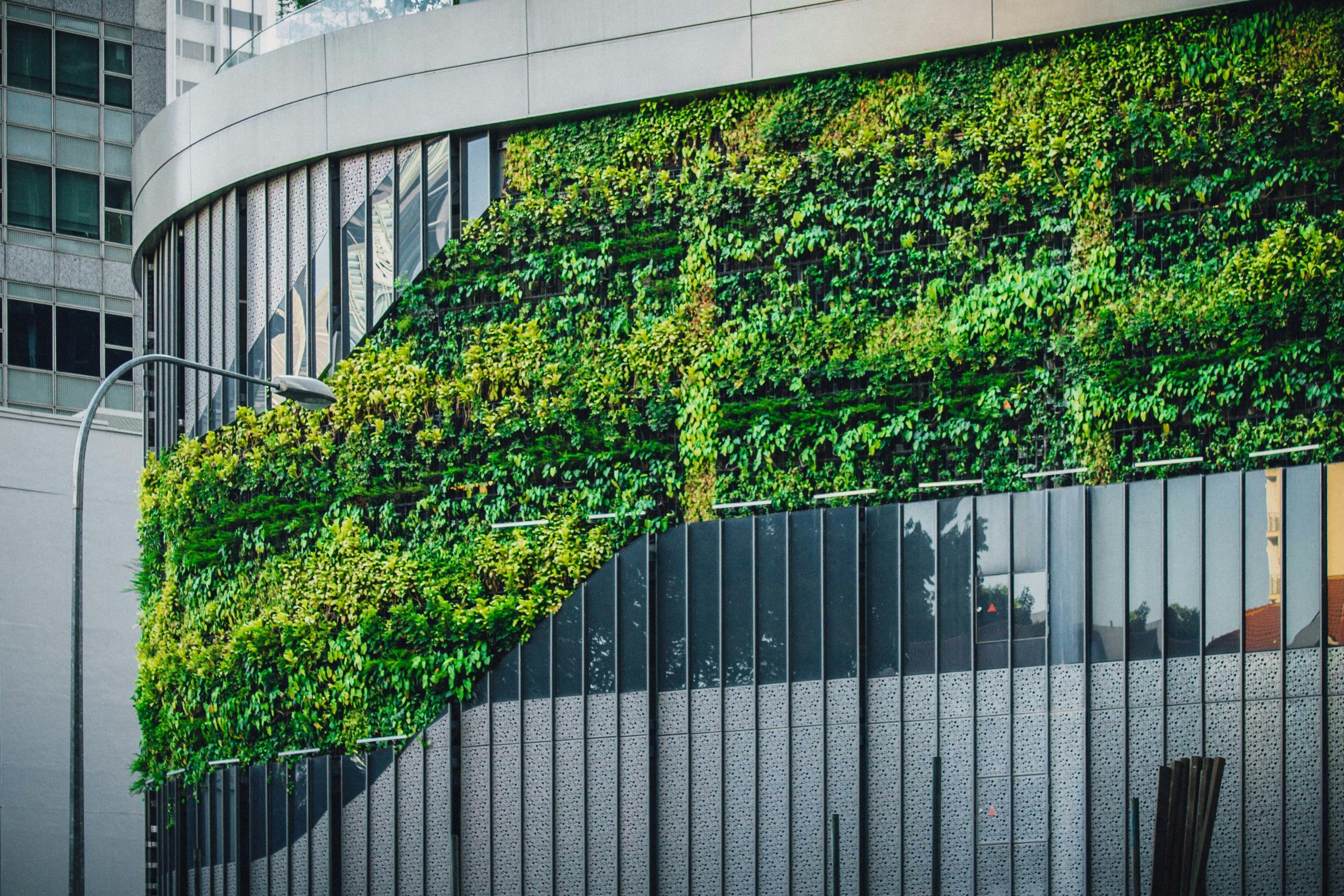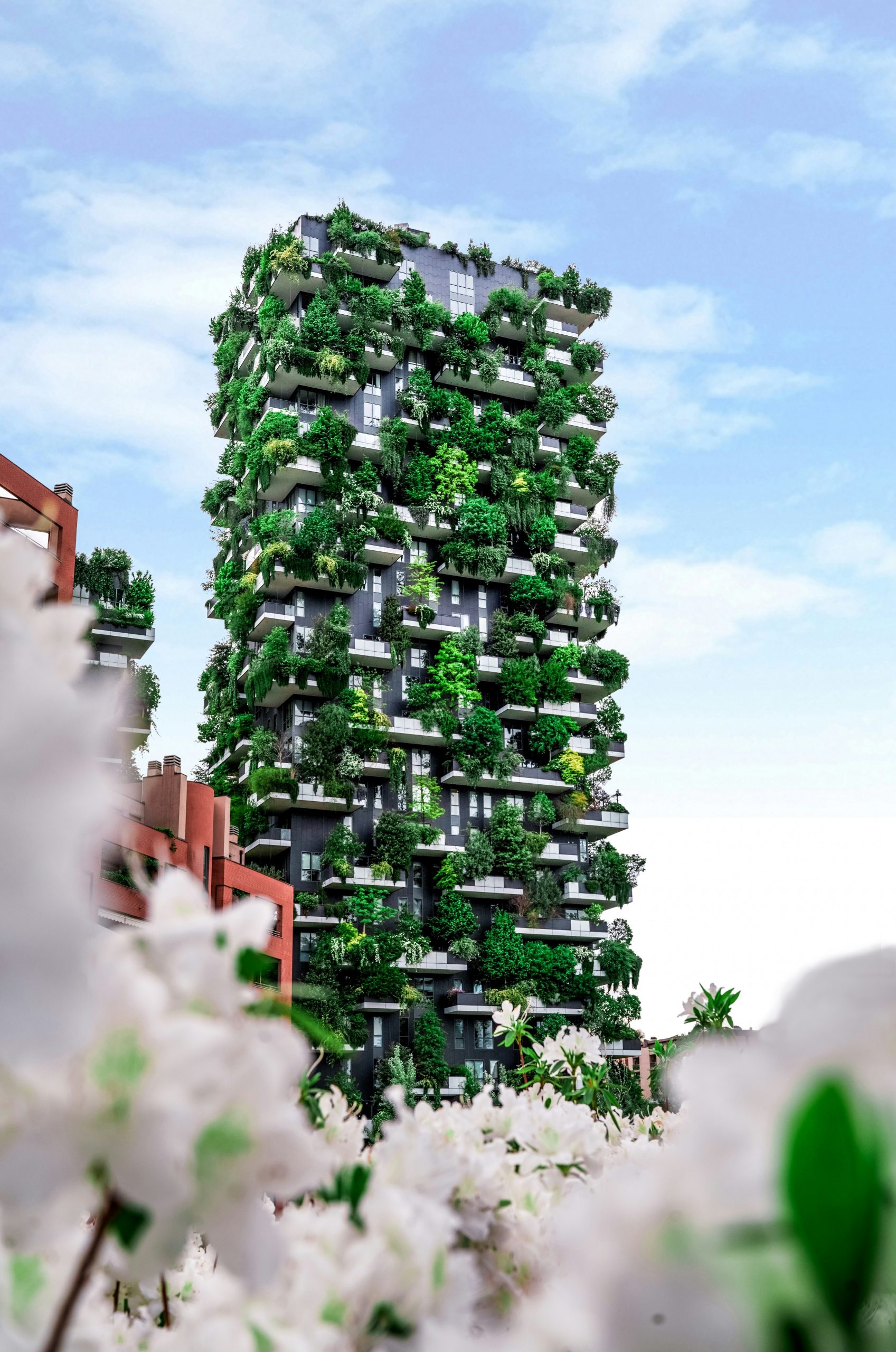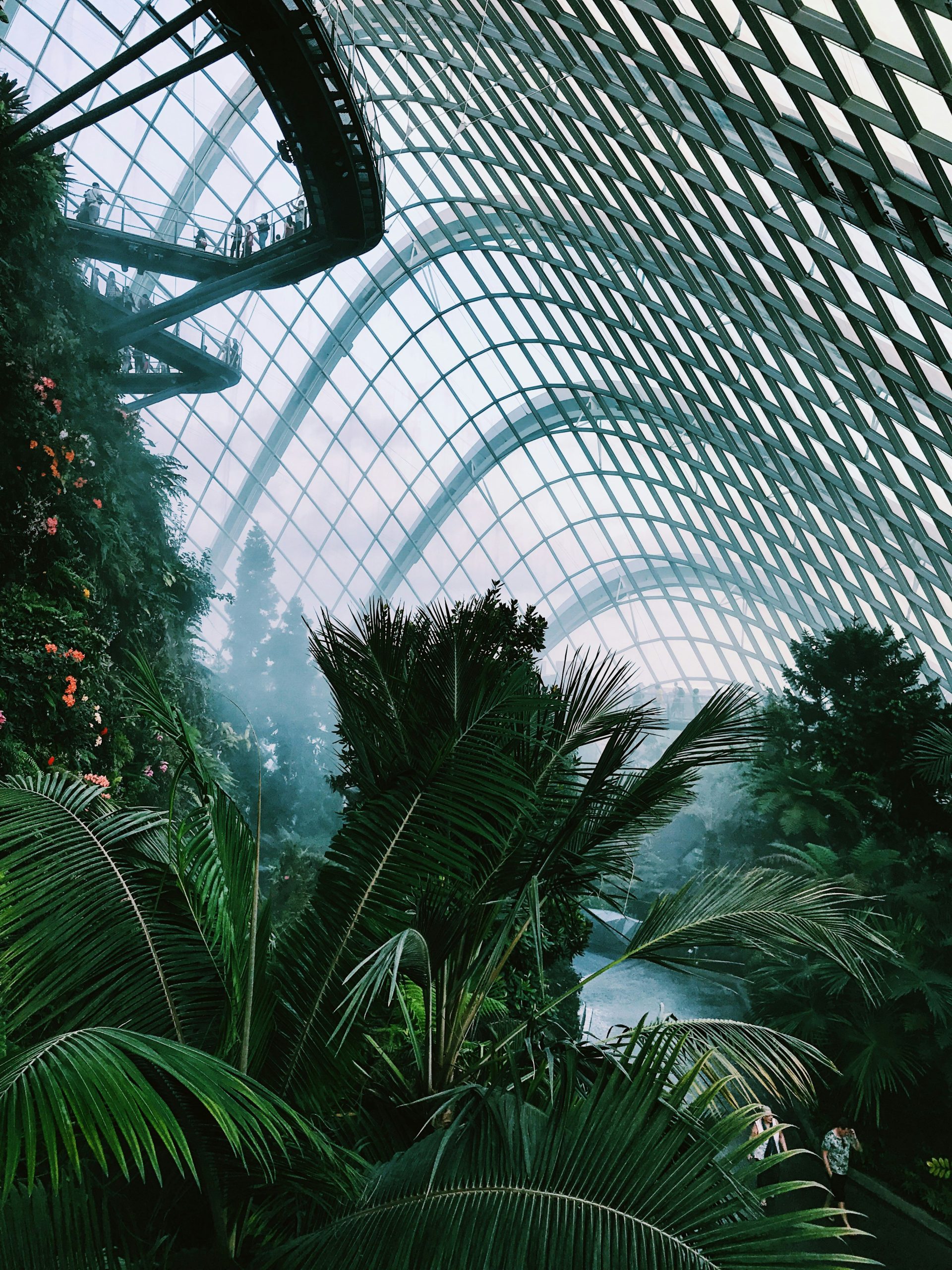In our quest to create a more sustainable future, understanding the most energy-efficient building designs is essential. These designs incorporate innovative materials, strategic layouts, and advanced technologies to minimize energy consumption while providing maximum comfort. From passive solar homes to zero-energy buildings, the techniques and principles behind these designs not only reduce our carbon footprint but also pave the way for healthier living environments. Dive into the fascinating world of energy-efficient architecture and discover how we can transform our built environment for the better. Have you ever wondered about the most energy-efficient building designs?
As our global population continues to expand and resources become more strained, we increasingly turn to energy-efficient building designs to live sustainably. This isn’t just about minimizing utility bills—though that’s definitely a perk—but about creating spaces that harmonize with nature and minimize their ecological footprint. Let’s dive into some of the most energy-efficient building designs and explore what makes them so effective.
What is Energy-efficient Design?
Before we break down the specifics, let’s clarify what we mean by energy-efficient building designs. Essentially, these are structures that use minimal energy to maintain a comfortable and functional indoor environment. They incorporate various strategies, technologies, and materials to reduce energy consumption, enhance insulation, and optimize resource use.
Why Energy Efficiency Matters
Energy-efficient buildings are essential for several reasons. First, they lower our carbon footprint, helping combat climate change. Second, they reduce energy bills, making them economically beneficial. Finally, they often provide healthier indoor environments through better air quality and natural light.
Key Features of Energy-efficient Buildings
So, what features make a building energy-efficient? Let’s break it down:
Insulation and Building Envelope
A well-insulated building slows down the transfer of heat between the interior and exterior, maintaining a comfortable temperature with minimal energy use. The building envelope includes walls, roofs, windows, and doors, and its effectiveness depends on the materials and construction techniques used.
| Insulation Material | R-Value per Inch | Benefits |
|---|---|---|
| Fiberglass | 2.2 – 2.7 | Affordable, easy to install |
| Spray Foam | 6 – 7 | High R-value, air sealing |
| Cellulose | 3.2 – 3.8 | Eco-friendly, fire-resistant |
| Rigid Foam Boards | 3.6 – 8.0 | High strength, moisture barrier |
High-performance Windows
Windows can be significant energy sinks. High-performance windows are designed to minimize heat transfer, often featuring multiple glass panes, low-emissivity (Low-E) coatings, and gas fills like argon or krypton.
| Window Feature | Benefit |
|---|---|
| Low-E Coatings | Reduces heat loss in winter, gain in summer |
| Double/Triple Pane Glass | Enhances insulation and soundproofing |
| Gas Fills (Argon/Krypton) | Lowers thermal conductivity |
Energy-efficient Lighting
Lighting is another critical component. LED lights are far more efficient than traditional incandescent bulbs, and they last significantly longer.
| Lighting Type | Efficiency (lumens/watt) | Typical Lifespan |
|---|---|---|
| Incandescent | 10-17 | 1,000 hours |
| CFL | 35-60 | 8,000 hours |
| LED | 80-100 | 25,000 – 50,000 hours |
HVAC Systems
Heating, Ventilation, and Air Conditioning (HVAC) systems can be energy hogs. Modern, energy-efficient HVAC systems use less power and often incorporate renewable energy sources like geothermal or solar.
| HVAC Type | Typical Efficiency Rating (SEER for cooling, AFUE for heating) |
|---|---|
| Conventional HVAC | SEER: 13-16, AFUE: 80-85% |
| Energy-efficient HVAC | SEER: 20-25, AFUE: 90-98% |
| Geothermal HVAC | COP: 3-5 |
| Solar HVAC | Variable, often combined with other systems |
Renewable Energy Integration
Incorporating renewable energy sources, like solar panels or wind turbines, can significantly reduce a building’s reliance on non-renewable energy.
Smart Building Technology
Utilizing smart technology can fine-tune energy use to match actual needs. Smart thermostats, lighting controls, and energy management systems can drastically improve efficiency.

Examples of Energy-efficient Building Designs
Several architectural designs stand out for their energy efficiency. Let’s explore a few.
Passive Solar Design
Passive solar design harnesses the sun’s energy for heating and cooling without active mechanical systems. This involves strategically placing windows, using thermal mass (like concrete or brick that absorbs and releases heat), and considering the building orientation.
| Passive Solar Feature | Description |
|---|---|
| South-facing Windows | Maximize solar gain in winter |
| Thermal Mass | Absorbs heat during the day, releases it at night |
| Shading Devices | Prevents overheating in summer |
Earth Sheltered Buildings
Earth sheltered buildings use the earth to insulate and reduce heating and cooling needs. They are often built into hillsides or covered with soil, taking advantage of the earth’s stable temperatures.
| Earth Sheltered Design | Benefit |
|---|---|
| Bermed Homes | Built against slopes for insulation |
| Urban Underground | Utilizes underground space, stable temp |
| Atrium Design | Central courtyard for light and ventilation |
Net Zero Energy Buildings (NZEB)
NZEBs are designed to produce as much energy as they consume, usually through a combination of energy efficiency measures and renewable energy sources.
| NZEB Strategy | Typical Component |
|---|---|
| High-efficiency Insulation | Thick walls, triple-pane windows |
| Renewable Energy | Solar panels, wind turbines |
| Low-energy Appliances | ENERGY STAR rated, smart appliances |
Eco-friendly Materials
Using eco-friendly materials is another hallmark of energy-efficient buildings. These materials often have low embodied energy (energy used in their production) and excellent insulating properties.
| Eco-friendly Material | Benefit |
|---|---|
| Bamboo Flooring | Rapidly renewable, durable |
| Recycled Steel | High strength, reduces waste |
| Rammed Earth | Natural thermal mass, low embodied energy |
Benefits of Energy-efficient Building Designs
The benefits of energy-efficient building designs are extensive. They include financial savings, environmental protection, and healthier living environments.
Financial Savings
Though the initial cost of implementing energy-efficient designs can be higher, the long-term savings are significant. Lower energy bills quickly offset the initial investment.
Environmental Impact
Energy-efficient buildings reduce greenhouse gas emissions, lessen our reliance on non-renewable resources, and promote sustainable living practices.
Health and Comfort
These buildings often provide improved indoor air quality, better natural light, and more consistent indoor temperatures, leading to a better quality of life.

Challenges and Considerations
While energy-efficient building designs offer numerous advantages, they also come with challenges and considerations.
Initial Cost
The upfront cost can be higher due to the need for specialized materials and technologies. However, incentives like tax rebates, grants, and energy credits can help mitigate this.
Maintenance
Energy-efficient systems can require specialized maintenance, and finding knowledgeable professionals can sometimes be a challenge.
Climate and Location
Energy-efficient designs must be tailored to the specific climate and location of the building. What works in a cold climate may not be suitable for a hot, arid region.
Education and Awareness
Owners, builders, and occupants need to understand and engage with the technologies and designs to maximize their benefits.
Future Trends in Energy-efficient Building Design
The field of energy-efficient building design is constantly evolving, driven by advancements in technology and growing environmental awareness.
Smart Home Integration
The integration of smart technologies will continue to improve, making buildings more responsive and efficient.
Advanced Materials
Emerging materials with superior insulating properties and lower embodied energy will become more common, further reducing the environmental impact of construction.
Modular and Prefabricated Buildings
Modular and prefabricated buildings are gaining popularity due to their efficiency in construction and potential for high energy performance.
Urban Planning
The design of energy-efficient buildings will increasingly consider the urban environment, incorporating green spaces, efficient public transport, and sustainable community resources.

Conclusion
Energy-efficient building designs are crucial for a sustainable future. By incorporating features like high-performance windows, excellent insulation, renewable energy sources, and smart technologies, we can create buildings that are not only comfortable and cost-effective but also kind to our planet. While the initial investment might be higher, the benefits in terms of financial savings, environmental impact, and health are well worth it. As we continue to innovate and adapt, the future of building design looks both bright and green.
So, the next time we plan a construction project or a renovation, let’s think about how we can incorporate these energy-efficient designs. After all, our choices today will shape the world of tomorrow.